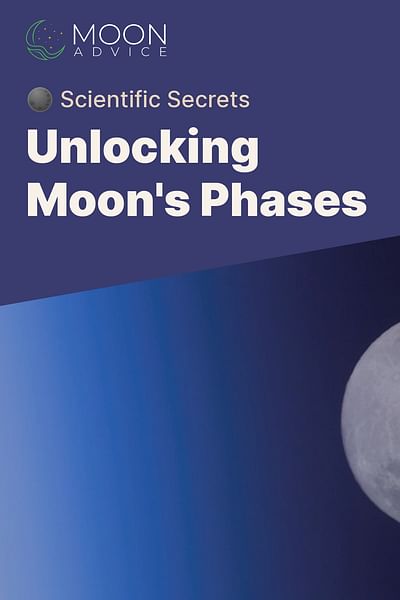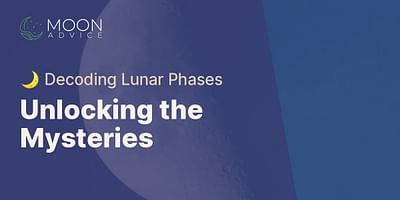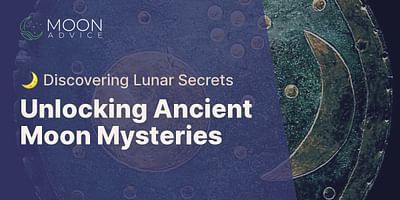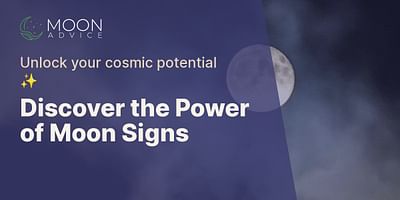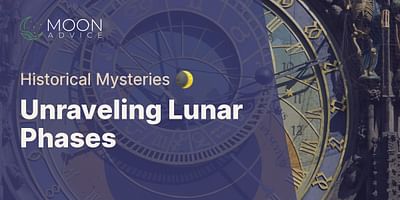Howard Wintheiser is a renowned author and speaker specializing in lunar psychology and its impact on decision-making. Holding a Master's degree in Psychology, he utilizes his deep insights into the human psyche to interpret the moon's influence. Howard's work is widely recognized for its practicality and relevance in day-to-day life.
Dear Reader,
Thank you for your curiosity about the scientific explanations behind the phases of the moon. Understanding the science behind these celestial phenomena can deepen our appreciation for the beauty and mystery of the lunar cycle.
The phases of the moon occur due to the interplay of three celestial bodies: the sun, the moon, and the Earth. As the moon orbits the Earth, it reflects sunlight back to us, creating the mesmerizing lunar phases we observe.
New Moon: The lunar cycle begins with the new moon phase. During this time, the moon is positioned between the Earth and the sun, with the side that receives sunlight facing away from us. As a result, the moon appears completely dark from our perspective.
Waxing Crescent: As the moon continues its orbit, a small sliver of light becomes visible on the right side. This phase is called the waxing crescent. The illuminated portion of the moon gradually increases each night.
First Quarter: When half of the moon's face is visible, we reach the first quarter phase. At this point, the moon is 90 degrees away from the sun in relation to the Earth. The right half of the moon is illuminated, while the left half remains in darkness.
Waxing Gibbous: Following the first quarter, the illuminated portion of the moon continues to grow, creating the waxing gibbous phase. The moon appears more than half full but is not yet a full moon.
Full Moon: The full moon phase occurs when the moon is directly opposite the sun, with the Earth in between. This alignment allows the entire illuminated side of the moon to face us, creating a breathtaking sight.
Waning Gibbous: After the full moon, the illuminated portion gradually decreases, entering the waning gibbous phase. The moon appears more than half full but is not yet a half moon.
Last Quarter: When half of the moon's face is visible again, we reach the last quarter phase. The left half of the moon is illuminated, while the right half remains in darkness.
Waning Crescent: Finally, the moon enters the waning crescent phase, with only a small sliver of light visible on the left side. The illuminated portion continues to decrease until the next new moon, restarting the lunar cycle.
These phases occur because of the moon's orbit around the Earth and the changing angle at which sunlight reaches the moon's surface. As the moon moves in relation to the sun and Earth, different amounts of sunlight are reflected back to us, resulting in the various phases we observe.
Understanding the scientific explanations behind the phases of the moon can deepen our connection to the natural world and provide insights into the cyclical nature of life. By observing and honoring these lunar phases, we can align ourselves with the ebb and flow of the universe, making more informed decisions and nurturing our emotional well-being.
For more in-depth articles and insights on moon signs and phases, I invite you to explore Moon Advice. Our comprehensive guide will help you navigate your emotions, relationships, and decisions based on lunar wisdom.
Wishing you a harmonious journey through the phases of the moon.
Orion Starfield



